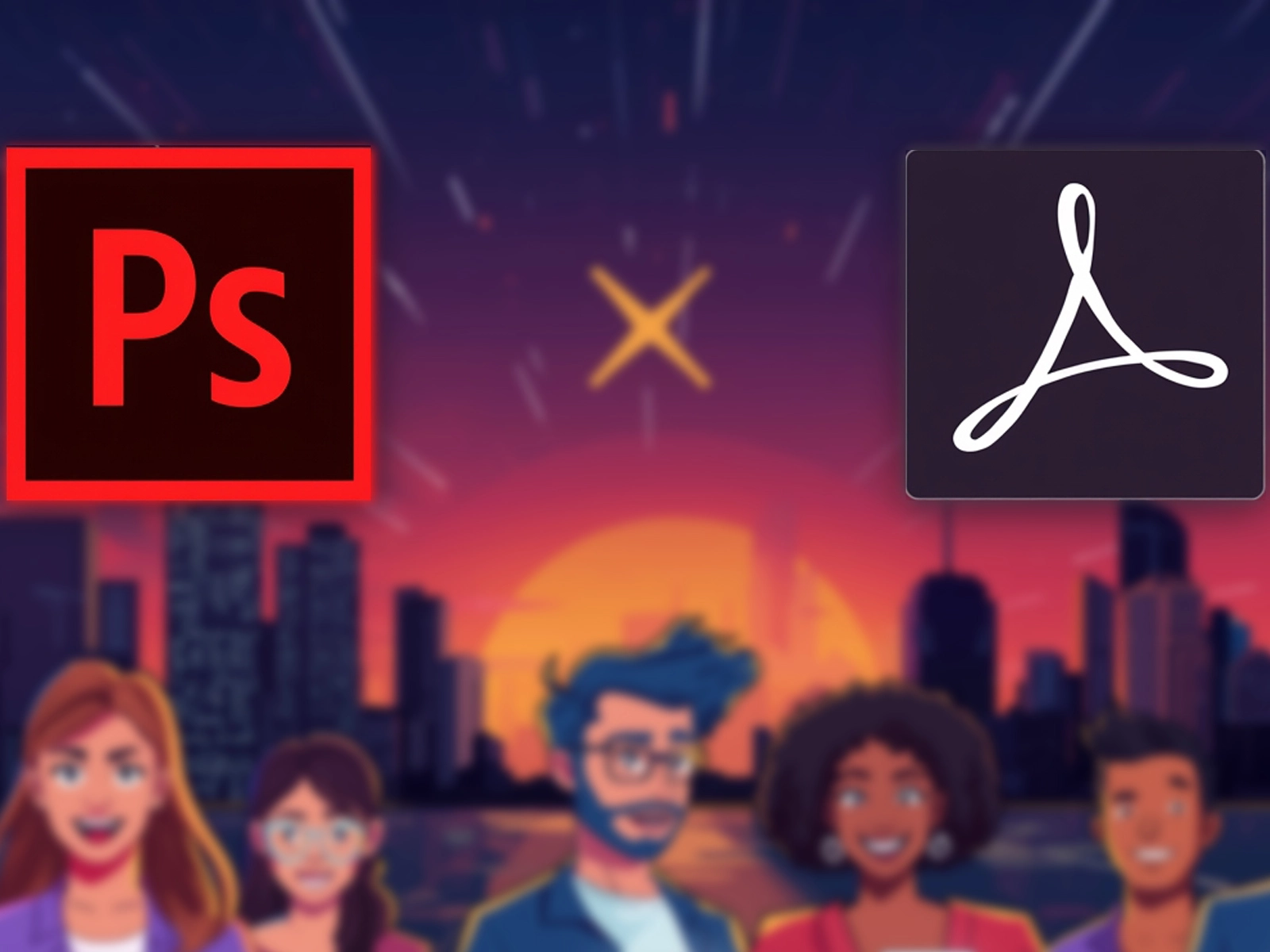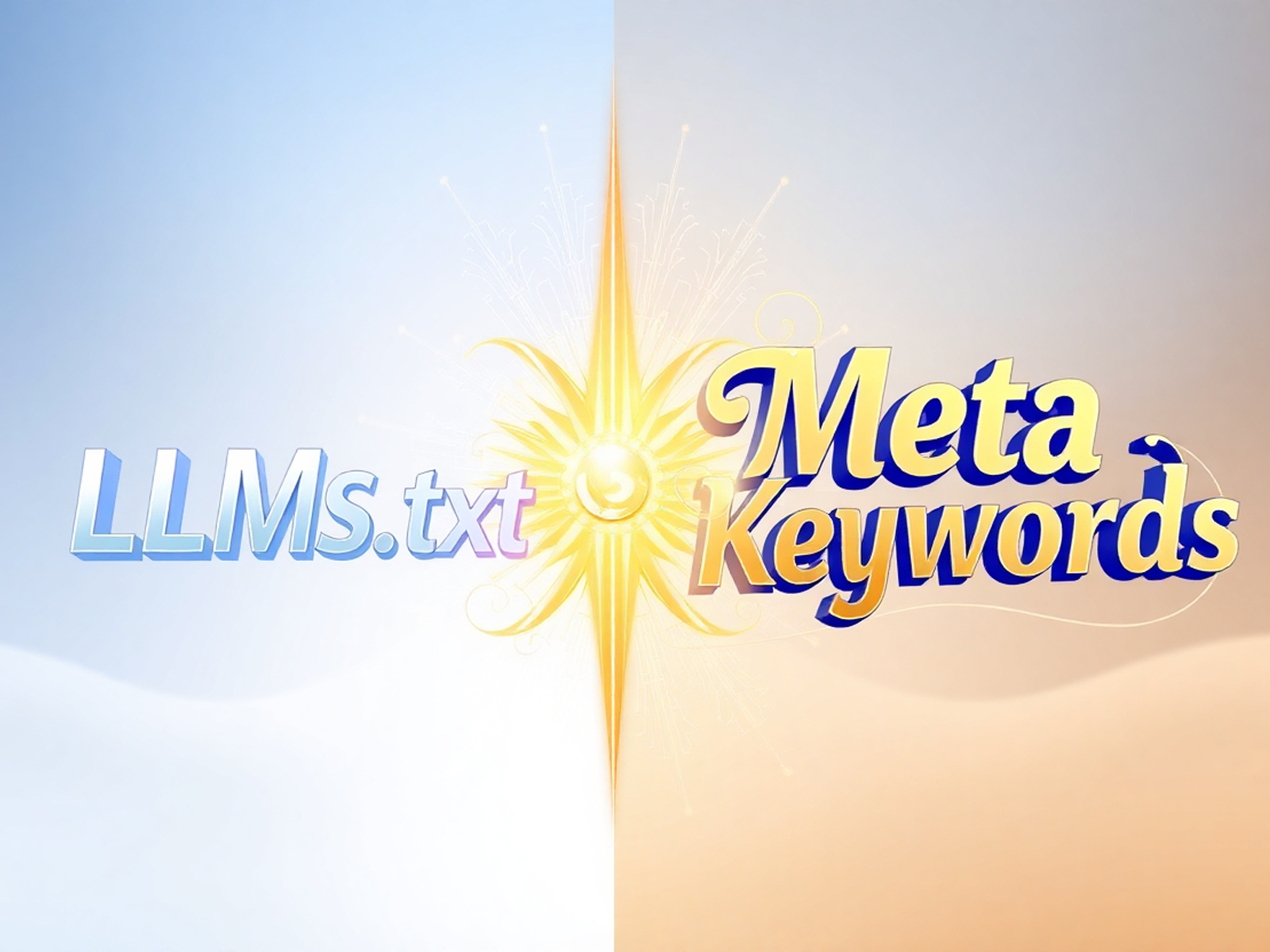
Adobe announces integration of Photoshop, Express, and Acrobat features into ChatGPT

LinkedIn launches new features to improve ad personalization

AI Overviews by Google Changed Search Almost Overnight

4 minutes
The comparison between llms.txt and the outdated meta keywords tag may seem valid at a superficial level, but functionally they are entirely different. Meta keywords allowed webmasters to declare any keywords without verification or content support. Due to this lack of accountability, the tag quickly became a tool for abuse — and search engines rightly abandoned it.
In contrast, llms.txt is a mechanism that requires referencing real, accessible, and content-rich URLs. In other words, it operates not on declarations but on actual navigational guidance for large language models (LLMs) toward meaningful content. While meta keywords dealt in abstractions, llms.txt points to concrete content entry points that AI systems should prioritize during inference.
As generative search evolves, content optimization is no longer limited to traditional search engines. Today’s SEO professionals must account not only for Google or Bing algorithms, but also for how LLMs — such as those powering ChatGPT, Perplexity, or Search Generative Experience (SGE) — interpret and extract content.
The llms.txt file offers a direct way to influence which parts of your site are surfaced as sources in AI-generated responses. Rather than relying on models to discover key content on their own, you take the initiative and signal which URLs deserve primary consideration.
This is more than technical optimization — it’s a strategic layer of content governance, requiring:
– precise information architecture
– identification of high-priority content
– ensuring full accessibility for AI agents
In essence, llms.txt becomes a communication layer with AI systems — a tool to guide models toward the most authoritative and representative content. While still underutilized, this approach is foundational for future visibility in AI-driven ecosystems.
Google’s John Mueller once likened llms.txt to meta keywords, prompting skepticism in parts of the SEO community. However, Mueller did not reject the concept; he simply noted that, at the time, LLMs weren’t actively querying this file.
That’s not a case against adoption — it’s a signal that the technology is still emerging. Most modern SEO staples — from schema.org to sitemaps — began as niche tools with limited support.
If your content strategy includes scale, structured indexing, AI discoverability, and authority positioning, llms.txt is a tool worth implementing.
This isn’t a passing trend — it’s about taking control over how your brand is interpreted by AI models. As LLMs increasingly shape user interactions and influence search behavior, being visible in AI answers will soon matter as much as traditional search rankings.
Like past standards — robots.txt, schema.org, sitemaps — early adopters gain a disproportionate advantage. While others deliberate, early movers build the foundation for future leadership in organic AI search.
AMP was designed to optimize content for a specific interface: the mobile web. llms.txt similarly optimizes for a new layer — AI-driven answer systems. But unlike AMP, it doesn’t require content duplication or design constraints.
The llms.txt file is simply a map pointing to your best content, ensuring it’s available when models seek information.
The argument that “bots already crawl everything” only holds in the context of traditional search engines. LLMs don’t index the web in bulk — they drop into specific pieces of content, extract what’s needed, and exit. llms.txt helps them pre-screen where to land.
This is not an AMP-like constraint. It’s a lightweight, flexible, and future-proof strategy.
Like any SEO tool, llms.txt could be exploited — for instance, by trying to promote low-quality or thin content. Similar patterns were seen with excessive keyword stuffing in meta tags or fake reviews using schema.
However, what sets llms.txt apart is that LLMs evaluate content contextually and in real-time. If a listed page lacks clarity, structure, or value, it won’t be used as a source. In short, llms.txt cannot override content quality — it can only help models find what’s worth quoting.
Thus, the best strategy isn’t manipulation, but alignment with AI-friendly standards: clean structure, factual integrity, clear language, and extractable insights.
Even if you remain skeptical, consider this: robots.txt isn’t technically required either, yet it’s fundamental to web indexing control. llms.txt may follow the same trajectory.
What you can do:
– Create lightweight, clean markdown versions of your core content
– Reference them in your llms.txt
– Restrict AI agents from accessing the rest of the site if needed
This reduces server load while ensuring models focus on high-value content worth quoting.
llms.txt isn’t about rankings — it’s about accessibility.
Ask yourself:
– Is my content structured for efficient parsing?
– Can a model quote this page without additional interpretation?
– Am I surfacing the content I want AI to find?
If the answer to any of these is “no,” now is the time to implement llms.txt.
This article available in Ukrainian.
Say hello to us!
A leading global agency in Clutch's top-15, we've been mastering the digital space since 2004. With 9000+ projects delivered in 65 countries, our expertise is unparalleled.
Let's conquer challenges together!
performance_marketing_engineers/
performance_marketing_engineers/
performance_marketing_engineers/
performance_marketing_engineers/
performance_marketing_engineers/
performance_marketing_engineers/
performance_marketing_engineers/
performance_marketing_engineers/